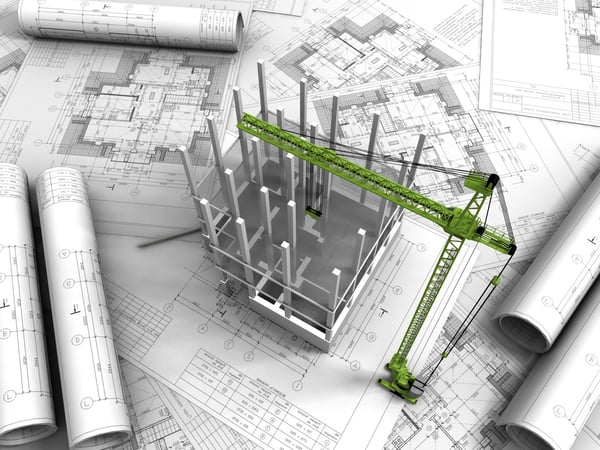
You have probably heard by now that the design-build method of construction can save you time, money, and lots of potential headaches throughout the life of your next project. But what are the distinctions between design-build and regular construction? Let’s break down how these approaches compare to one another.
In traditional remodeling and renovation, often referred to as the “design-bid-build” process, three entities are involved in the project: you as the client (or owner), the designer (or architect), and the builder (or construction company). With this approach, the client works parallel but separately of each entity.
The Negotiation Phase
First, the design firm is chosen and hired to prepare the layout and design plans with the client. Once those are finalized, the owner collects bids for the construction phase and hopes the bids meet the budget. The architect and builder are under no obligation to one another, leaving the owner to bear the responsibility to hold both sides accountable. If the bids come in over budget then the owner must spend additional dollars on redesign in an effort to reach budget parameters.
With design-build, the whole bidding process is eliminated, because the architect and the builder are working together from the beginning. The owner selects one entity to complete every element of the project from planning, to prep, to completion. The designer and builder function under one contract with the owner, which allows the two teams to work together to meet budget guidelines and ensure the success of the project.
The Construction Phase
Throughout the life of the construction stage, the biggest difference an owner is likely to see after that initial decision-making process is the streamline of communication. Everyone can meet as one group to strategize and make selections, which can create a smoother journey with a smaller bottom line. Paint colors can be chosen as permits are acquired. The cost of each element of the project can be examined from all angles, which provides the owner with assurance that fewer changes will have to be made later on.
Once construction is underway, the architect is likely to be less involved in monitoring the project and how closely the work resembles the designed plan depending on the logistics of that individual contract. With design-build, you can expect both the designer and the builder to be discussing the details of the construction process every step of the way. This collaboration and consistency reduces bottlenecks, and creates a more cohesive work experience for everyone.
The Completion Phase
As the final touches are made on the finished product, the owner can work with both partners to verify that every element lives up to expectations, both stylistically and functionally. The design-build firm will work to make sure the results are satisfactory because one single contract means that they are responsible for every element of a project’s success.
Although each custom project will have its own idiosyncrasies and requirements; contracts, communication, and cohesion are the main factors that set the design-build process apart from traditional construction. There are several benefits to using the design-build approach in favor of the design-bid-build method, which we have provided a break down of in a previous article. Keeping yourself informed as a client on the definitive features of both processes will arm you with the tools you need to make the best decision for your next project.
For more information on how the design-build process can work for your next project, contact Associated Contractors today.




